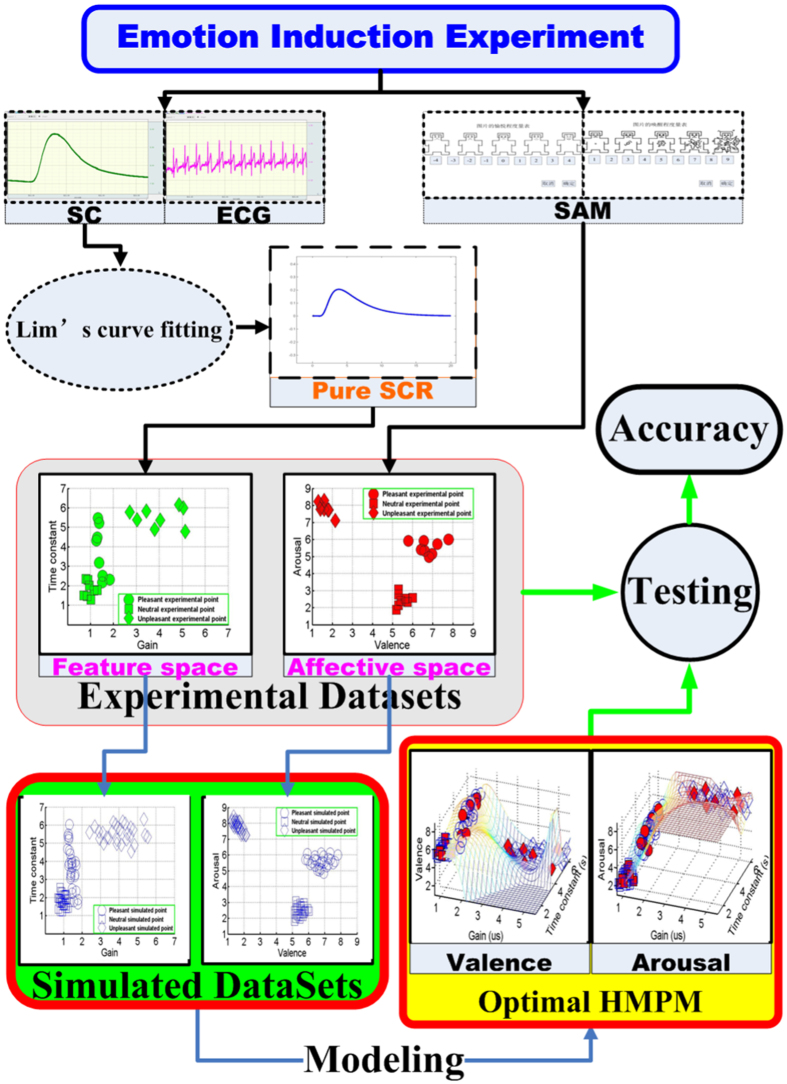Figure 2. A general overview of the proposed estimation method and block scheme of the overall signal processing.
The subjects were emotionally stimulated through pictures chose from the International Affective Picture System (IAPS). For each trial including the 0.5 seconds fixation, 6 seconds picture presentation, and random rest (29, 31, and 34 seconds), physiological signals (skin conductance (SC), electrocardiogram (ECG), and pulse) were recorded by the Biopac MP150 system and the scores of valence and arousal were measured according to the Self-Assessment Manikin (SAM) developed by Margaret M. Bradley and Peter J. Lang57. Starting from average skin conductance segments, pure skin conductance response (SCR) patterns were acquired by using the Lim’s curve fitting45,68. The features (gain and decay time constant (Time constant)) were extracted from these pure skin conductance responses and formed the two dimensions of the physiological feature space. Valence and arousal factors form the two dimensions of the affective space. These experimental gains, decay time constants, and affective scores form the experimental data sets. Based on the experimental data sets, the simulated data sets were statistically constructed by equation (4) in the methods section. Then, the optimal affective HMPM were established on the simulated data set. Finally, the obtained HMPM were tested on the entire experimental data sets to evaluate its accuracy.

